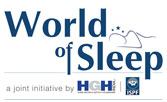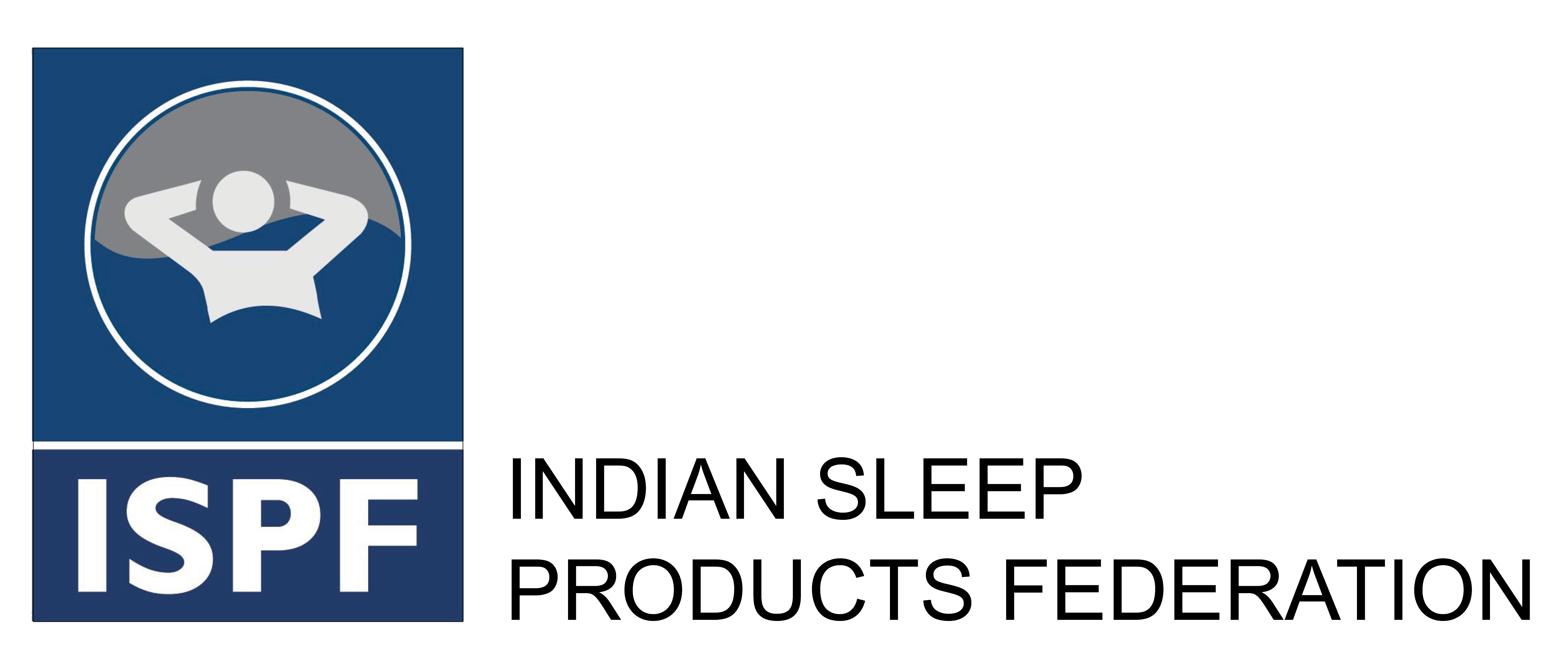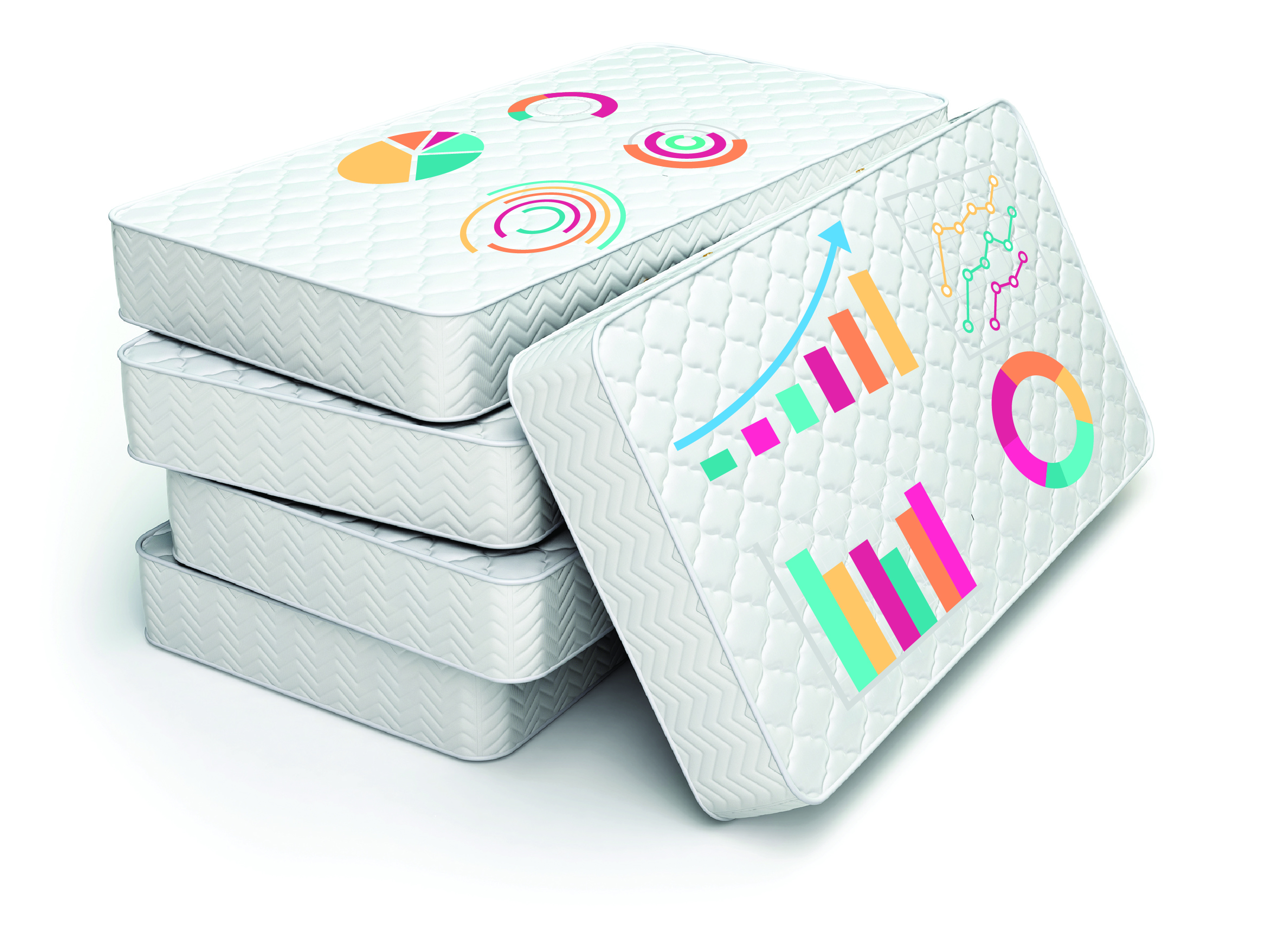Winter is the peak season for the category; however, the impact of seasonality is lowest in West Bengal and Orissa. This is one of the many interesting findings from the second round of the mattress market study in India commissioned by ISPF. The expanse of the distribution network, annual sales of mattresses and performance of different brands across states in India are covered by this study.
ISPF conducted a second round of market research surveys to track the overall market size of mattresses in Q1 of 2019. The survey objective also found trends in product mix in terms of types of mattresses, different price bands, customer price points for different categories, preferred sizes and accessories and retail store dynamics.
ISPF collected data from a sample of 3107 retail stores and 23,892 transactions across India.
Category Dynamics
The research focused on the market potential indicators. It was found that the total mattress market in India was around 18.6 million units, with an estimated new demand for mattresses being ~7 million units per year. In addition, the average replacement cycle for mattresses was ~12 years, and the replacement demand for mattresses was 11.6 million units. Also, a critical finding showed that the furniture channel is critical towards new demand, as it contributes 50 percent to total mattress sales.
Our previous quarter numbers revealed that approximately 1.8 million mattresses were sold every month during October – December 2018 through permanent stores.
State-wise metrics show that Andhra Pradesh, Tamil Nadu and Kerala were the hotspots for mattress sales, while West Bengal, Bihar and Orissa recorded the lowest sales figures per lac population, but were considered to have immense potential for future growth. Furthermore, lower town classes, especially Tier 5-6 witnessed high growth, and pose a tremendous opportunity for the category. Another interesting insight shows that India’s modern mattress market in India is the 3rd biggest contributor towards household spending, only surpassed by TV and Refrigerators.
Moving on to the actual mattress market sales in India figures, it was seen that Q3 was the peak season for sales. Monthly sales totalled 791,108 units for the month of June 2019. There is a visible shift from unorganised to organised sectors from first-round surveys to second-round surveys. As far as the contribution of channels is concerned, furniture outlets were on top with a contribution of 48 percent in the last quarter, while furnishing outlets and mattress outlets made up 31 percent and 20 percent of sales respectively.
Moreover, when it comes to mattress related products, their sale value is 27 percent of overall mattress sales. To give you a few examples, for every 100 mattresses sold, 50-bed lines, 100 pillows, 20 carpets and 20 mattress covers and comforters as sold as well.
Coming to the product mix, or the contribution of different types of mattresses towards sales in the last quarter, it was seen that foam-based mattresses made up 52.6 percent of overall sales, while spring based made up 13.5 percent, and coir based made up 34 percent. In terms of size, single mattresses comprised 36 percent of total sales but contributed only to 22 percent of sales value. Also, queen-sized mattresses made up 38.8 percent of sales, while king-sized mattresses constituted 29.9 percent of all sales. It is interesting to note here that single foam based mattresses are more predominant in Northern Indian states, while their queen and king-sized coir counterparts are more popular down South. It’s also worth noting that spring is mostly sold in King and Queen sized mattresses, while foam is sold in single mattresses & coir in Queen sized mattresses.
Price Sensitivity
As for the pricing analysis, 63 per cent of the mattresses are sold under INR 10K but these account for only 38 per cent of the sales by value. Mattresses with costs greater than INR 20K accounted for only 8 percent of sales but the highest value contribution (19 percent), while those less than INR 4K accounted for 11 percent of sales. The highest-selling mattresses as per price band were priced between INR 5.5K – 7K, accounting for 16 percent of total sales. Our earlier survey findings said that, on average, consumers pay INR 9500 for an organized sector brand and INR 6500 for an unbranded one (end consumer price includes GST). Cash is still king for 73 percent of the consumers buying mattresses while only 13 percent pay with plastic money. Even our current survey echoes the same consumer sentiments.
Brand performance
Sleepwell & Kurlon dominates the mattress market across most of the priced bands. Duroflex and Peps are more prominent in the premium segments of mattresses. The average price of a mattress is higher in Southern states due to the higher contribution of King and Queen size mattresses.
Way Forward
Online sales are estimated to close at Gross Merchandise Value (GMV) of Rs 500 Crs in FY 20 growing at the highest rate of 25% year on year.
Finally, it must be said that the Indian mattress market in India holds incredible potential for the future. If industry players can make the effort towards understanding geography-specific buying patterns, as well as create stronger marketing campaigns that can help create a more personalized buying experience, it’s safe to say that the sky is indeed the limit for them.


